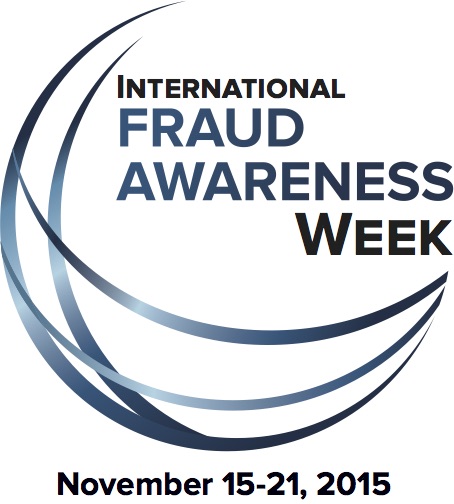 International Fraud Awareness Week begins on Monday, and you know what that means. Our intrepid team of fraud experts is taking over the State and Local Connection blog! Fellow bloggers, get ready.
International Fraud Awareness Week begins on Monday, and you know what that means. Our intrepid team of fraud experts is taking over the State and Local Connection blog! Fellow bloggers, get ready.
Each day next week one member of the SAS Fraud and Security Intelligence team will post on a fraud-related topic. See the compelling line-up below.
But before I yield the floor to my compatriots, I want talk a little about cybersecurity and fraud, and share a little optimism. Cyberattacks and fraud are two sides of the same coin. Generally, cyberattacks are done for three reasons:
- To obtain personally identifiable information (PII) in order to steal someone’s identity and commit fraudulent acts. Tax, credit card, benefits fraud…all of these are typical downstream activities following ID theft.
- To steal trade secrets. This is often state-sponsored cybercrime or perhaps by a competing company.
- To harm an organization’s ability to do business or serve citizens. This might be a denial-of-service attack, computer virus, server take down, an epic RickRoll, etc.
But, in reality, number one is the thing we’re most concerned about in our group. These PII hacks are often committed by large, offshore organized crime groups. It’s low risk and high reward and very difficult to recover the money once it’s gone. Unfortunately, a significant portion of that money is then funneled to terrorist and other criminal enterprise to finance other criminal activities. So, cyber begets fraud, which begets terrorism. A frightening situation, right?
Fortunately, there are several opportunities in that process to stop the perpetrators. Cyber analytics solutions like the new SAS Cybersecurity can help prevent the theft of PII. If hackers have the PII, fraud-fighting software can spot suspicious claims and prevent the payments from ever being made to the fraudsters. Anti-money laundering software gives banks an opportunity to step in and keep money from getting to terrorists. Lastly, monitoring open data sources like Twitter and using analytics for threat assessment can help prevent a terrorist attack.
With analytics, we can stay ahead of bad actors at every step along the way. As one of my team members likes to say, we are trying to “get left of boom”, or prevent bad things from happening. The technology is available today to thwart these events – whether it be a cyber breach, financial fraud or terrorist attack - and I’m confident that our industry will continue to fight the good fight to get ahead of the criminals. See, I told you I’d share some optimism!
Next week’s line-up will cover myriad fraud topics. Please check back each day for the latest entry. This schedule may shuffle a bit depending on who’s got their blog homework done. (Shaun, I’m looking in your direction.) Thanks for reading!
Monday: Why Excel isn't the Solution for Healthcare Fraud, Waste and Abuse Investigations, Ricky Sluder
Tuesday: What’s all the fuss about identity quizzes?, Shaun Barry
Wednesday: Medical Identity Fraud is a Quality of Care Issue, Mike Davis
Thursday: Occupational Fraud, Jen Dunham
Friday: Cyber breaches are inevitable, analytics can stop the bleeding, Carl Hammersburg

